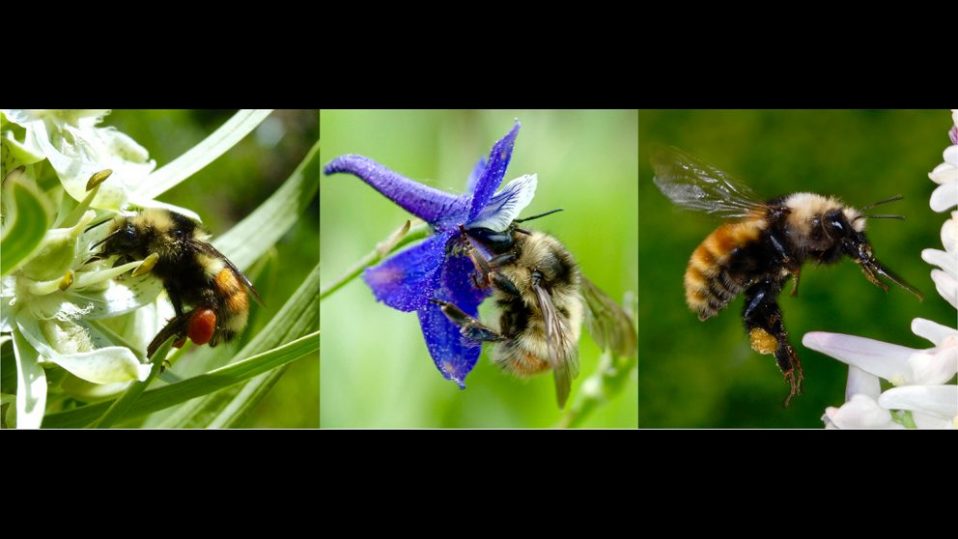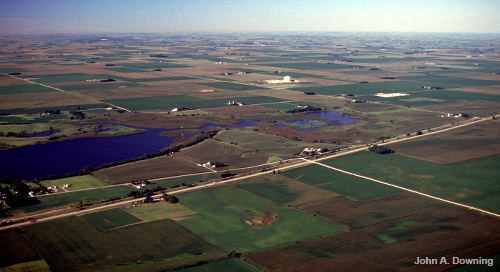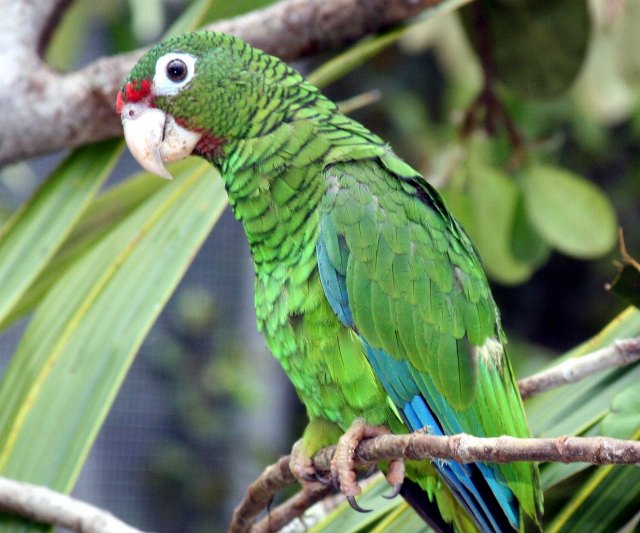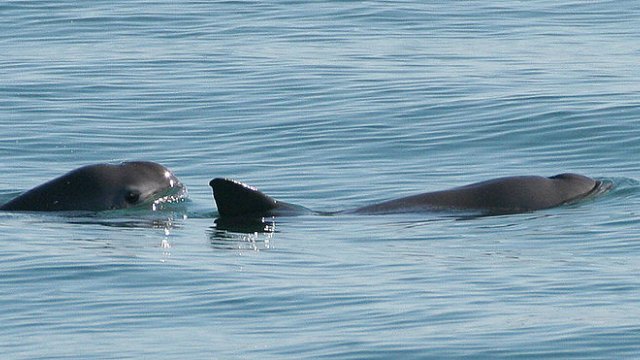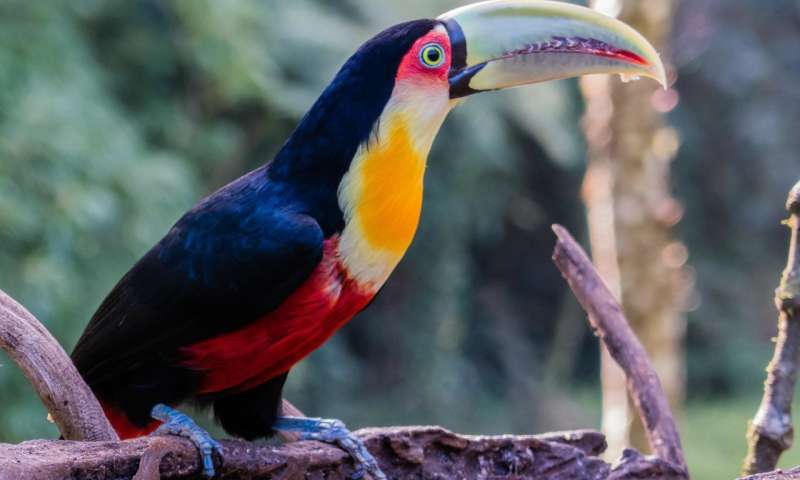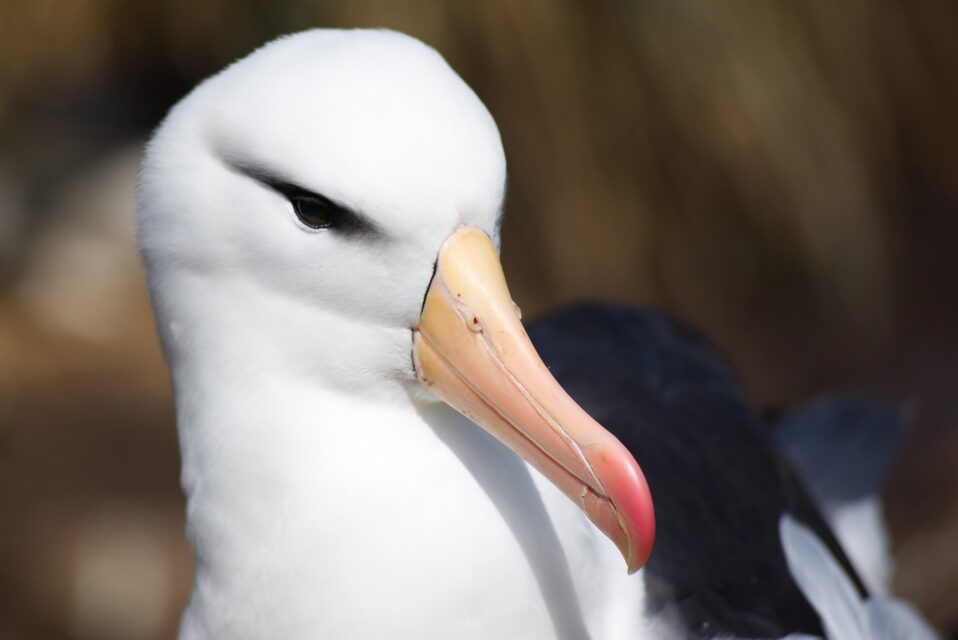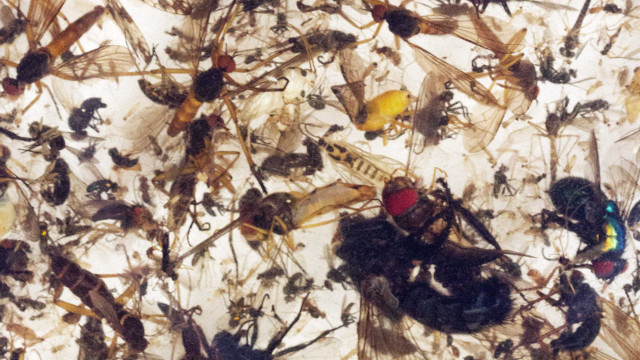In the end, the military campaign was called Operation Ranch Hand, but it originally went by a more appropriately hellish appellation: Operation Hades. As part of this Vietnam War effort, from 1961 to 1971, the United States sprayed over 73 million liters of chemical agents on the country to strip away the vegetation that provided cover for Vietcong troops in “enemy territory.”
Using a variety of defoliants, the U.S. military also intentionally targeted cultivated land, destroying crops and disrupting rice production and distribution by the largely communist National Liberation Front, a party devoted to reunification of North and South Vietnam.




